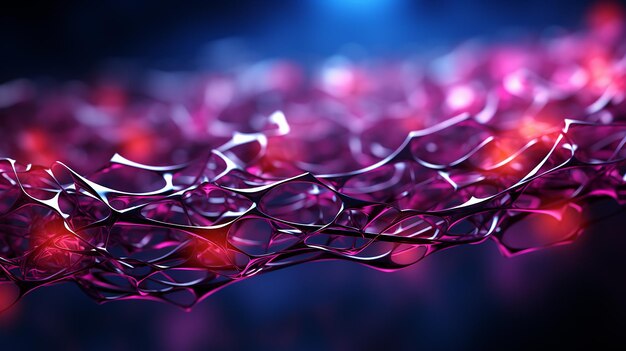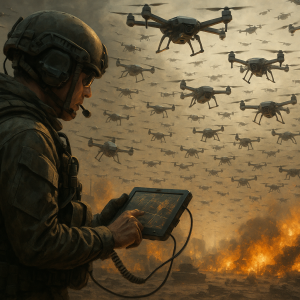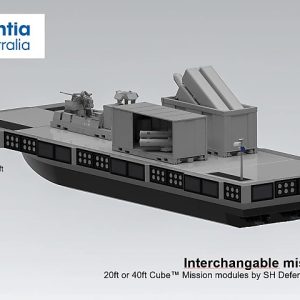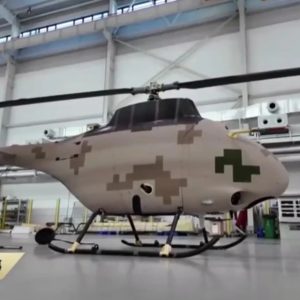Liquid Neural Networks Revolutionize Unseen Environments Changing unmanned aerial systems (UAS) technology, a groundbreaking development has emerged, pushing the boundaries of drone navigation to unprecedented heights. MIT researchers have harnessed the power of liquid neural networks, propelling drones to effortlessly navigate previously unseen environments. This technological marvel is poised to redefine the capabilities of drones, offering a glimpse into the future of autonomous flight.

Liquid Neural Networks: A Technological Breakthrough
Liquid Intelligence Unleashed
MIT’s pioneering work in integrating liquid neural networks into drone navigation marks a significant leap forward in artificial intelligence (AI) applications. Traditional neural networks, while formidable, often face limitations when confronted with dynamic and unfamiliar settings. Liquid neural networks, on the other hand, exhibit a fluidic adaptability that allows drones to navigate through environments that would otherwise be challenging or even inaccessible.
Navigating the Unseen: A Paradigm Shift
The key advantage of liquid neural networks lies in their ability to process vast amounts of real-time data seamlessly. Drones equipped with this technology can navigate through complex, unseen environments, utilizing a combination of sensory inputs and advanced decision-making algorithms. The result is an unparalleled level of adaptability, enabling drones to autonomously navigate through obstacles, changes in terrain, and unpredictable scenarios.
The Technical Marvel Behind MIT’s Liquid Neural Networks
Liquid Computing: A Fusion of Precision and Flexibility
MIT’s liquid neural networks leverage the principles of liquid computing, where information flows dynamically through a network of interconnected nodes. This dynamic flow enables drones to process information in real time, enhancing their ability to make split-second decisions. The fusion of precision and flexibility empowers drones to navigate with unparalleled accuracy, even in environments where traditional algorithms may falter.
Sensor Fusion: Enhancing Environmental Awareness
One of the key strengths of MIT’s liquid neural networks is their seamless integration with advanced sensors. These sensors, ranging from LiDAR to sophisticated cameras, provide drones with a comprehensive understanding of their surroundings. The fusion of sensor data within the liquid neural network architecture elevates the drone’s environmental awareness, enabling it to respond effectively to dynamic changes in its surroundings.
Practical Applications: Transforming the Aerospace Landscape
Defense and Surveillance: Unseen Perspectives
The integration of liquid neural networks into drone technology holds immense potential for defence and surveillance applications. Drones equipped with this technology can navigate through complex urban environments, track moving targets with unprecedented precision, and gather critical intelligence in real-time. The ability to operate in unseen environments positions these drones as invaluable assets in defence and security operations.
Search and Rescue: A Lifesaving Advantage
In the realm of search and rescue missions, MIT’s liquid neural networks offer a lifeline for those in distress. Drones can navigate through challenging terrains, locate individuals in remote or obscured areas, and transmit vital information to rescue teams. The speed and accuracy afforded by this technology can significantly enhance the efficiency of search and rescue operations, potentially saving lives in critical situations.
Future Implications and Industry Adoption
Shaping the Future of Autonomous Flight
The integration of liquid neural networks into drone technology not only addresses current challenges but also paves the way for the future of autonomous flight. As the technology matures, we can anticipate even greater advancements in UAS capabilities. From precision agriculture to infrastructure inspection, the applications of liquid neural networks in drones are poised to revolutionize various industries.
Industry Collaboration and Adoption
MIT’s groundbreaking research is likely to spur collaboration between academia and industry leaders in the UAS sector. The potential for widespread adoption of liquid neural networks in drone technology opens avenues for collaborative research, development, and implementation. The aerospace industry, in particular, stands to benefit from this innovative leap forward in autonomous navigation.
Conclusion: A New Era in Drone Navigation
In conclusion, MIT’s integration of liquid neural networks into drone navigation represents a watershed moment in UAS technology. The ability to navigate unseen environments with unprecedented adaptability and precision opens new frontiers for drones in defence, surveillance, search and rescue, and beyond. As the industry embraces this technological leap, the future of autonomous flight is set to soar to new heights, reshaping the landscape of unmanned aerial systems for years to come.











